First of all, here’s an announcement! Regular Synch Chaos contributor, poet Taylor Dibbert, has a newly released collection of his poetry, Invictus, available for purchase.
Also, past contributor Areg Azatyan’s novel The Flying African has just been released from Frayed Edge Press! Translated from the Armenian by Nazareth Seferian, the book follows the journey of an unnamed traveler, a young Armenian writer who spends fifty-four adventurous days in Africa, one day in each of the continent’s countries.
We are also hosting a free public literary reading in conjunction with the Association of Writing Programs conference next month in Kansas City, MO. This will be at 6pm on the evening of February 7th at Prospero’s Books. All are welcome to come and hear the readers!
Now for this month’s issue: The Ecosystem of Ideas.
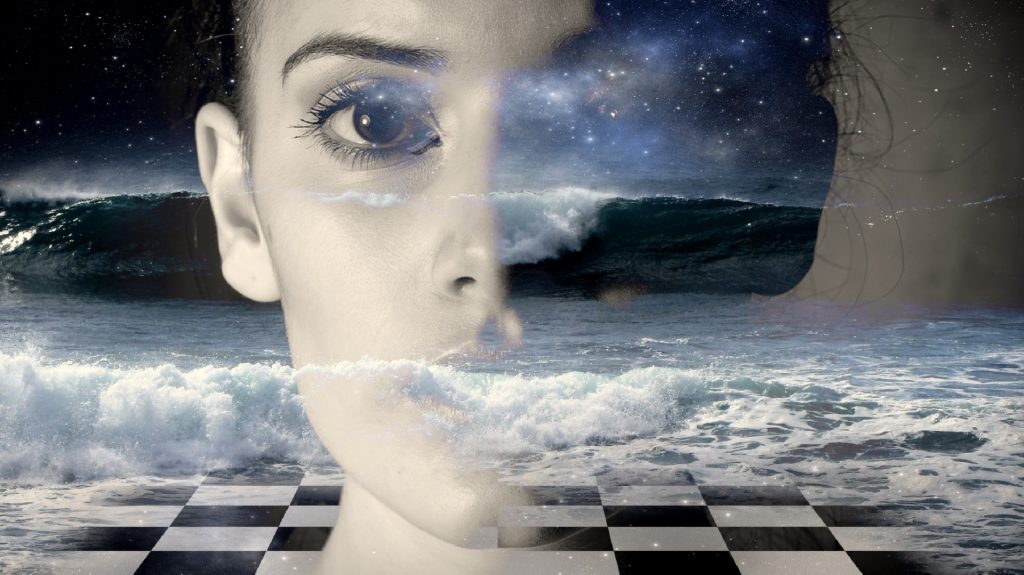
Terry Trowbridge probes the intricate world of pillbugs under the ground while Don Bormon looks into the hardworking and cohesive colonies of ants.
Gulsevar Xojamova draws on the rainbow as a symbol of natural beauty and urges her country’s people to embrace the beauty and pride of Uzbekistan.
Sayani Mukherjee relates the “touch and go” nature of winter, when nature is not all dormant, but awaiting a streak of warm and dry enough weather. Azemina Krehic evokes the bitter, sucking, deathly cold of winter wind and snow. Meanwhile, Uzbek writer Nosirova Gavhar regales us with the beauty of nature and her country’s folk traditions in the spring.
Brian Barbeito suggests that woodland ecosystems should be considered a living thing in their own right, not simply the sum of living species. Ali Akramov looks into the effects flooding has on mountain geology and ecosystems.
Jerry Langdon’s poetry bridges the worlds of nature and culture as he writes of the destruction wreaked by fire, lightning, and a slow-burn romantic breakup. Mahbub Alam continues in that vein by drawing on the language of marriage to express a human union with the natural world, while Mahmudul Hasan Fahim explores the emotional, ecological, and social ramifications of different cultural funerary customs.
Z.I. Mahmud explores how poets Mary Oliver and William Blake reflect the inextricable unity of humans and nature through their Romantic and spiritual poetry.
Sayani Mukherjee‘s poetry explores the world of Paris, New York and London while Mark Young humorously compares himself to pop culture icons of past and present and Odina Rustamjonova looks into the strengths and weaknesses of the mass transit systems within Uzbekistan. Maja Milojkovic highlights a little-known cultural and linguistic connection between Tunisian Arabs and Serbians.
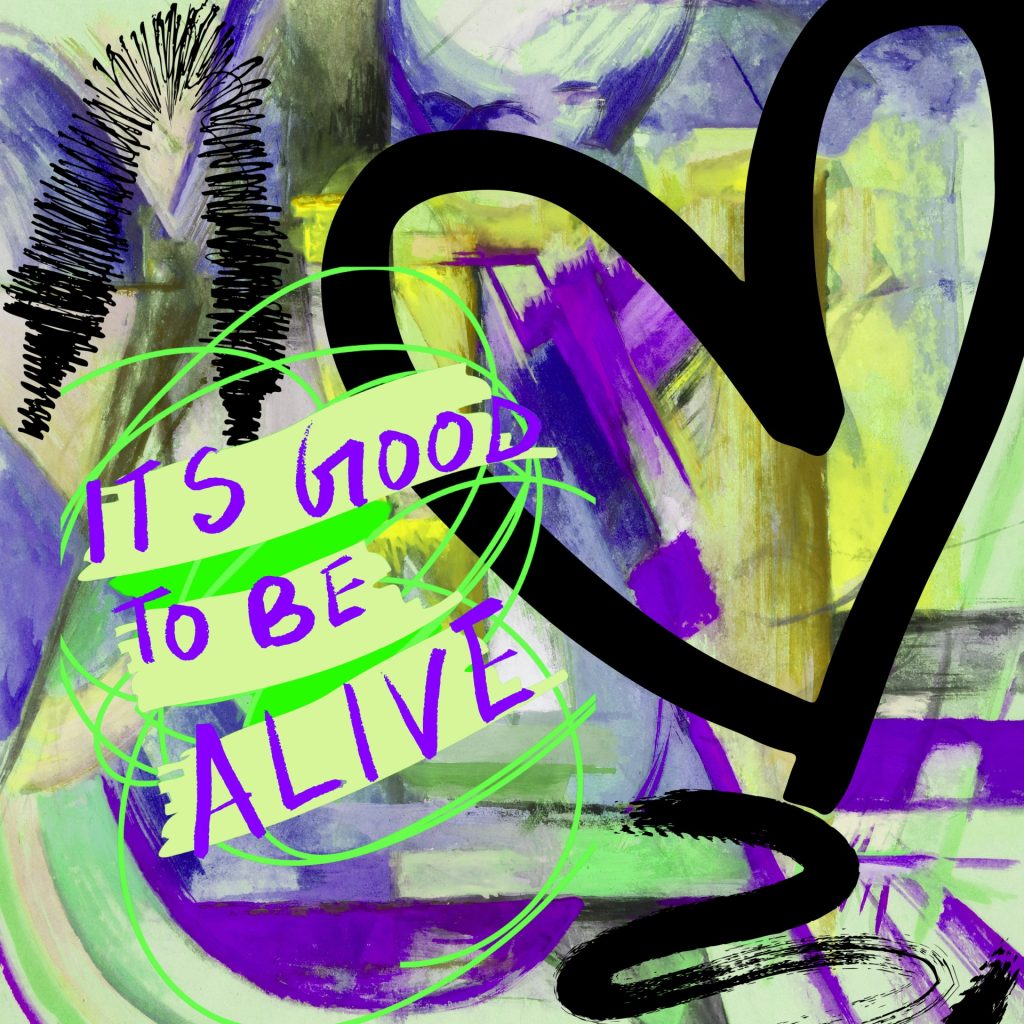
Isabel Gomez de Diego sends up a mix of personal and grandiose moments of contemplation and holiday celebration.
Lilian Dipasupil Kunimasa highlights the value of personal development, urging us to take the daily steps to prepare our hearts and lives to be ready for extraordinary moments of grace.
Nafisa Abralova’s drama highlights the importance of education, discipline, and responsibility for children under our care while Charos Toshpulatova traces the development of the idea of and legal precedent for the rights of children.
John Mellender addresses growing up, laying aside or recognizing the limitations of one’s youthful idealism. Muhammed Aamir evokes a future world where we can regenerate our loved ones with the help of technology. John Edward Culp envisions his future great-grandchildren eating together and showing concern for each other in the same park where he’s doing the same for his loved one.
J.J. Campbell mixes a bit of nostalgia and anachronism in his monthly pieces on loneliness and despair, as he’s “playing jazz in a world of heavy metal.” Saad Ali mixes together history, poetic device, and love in his variety of experimental pieces.
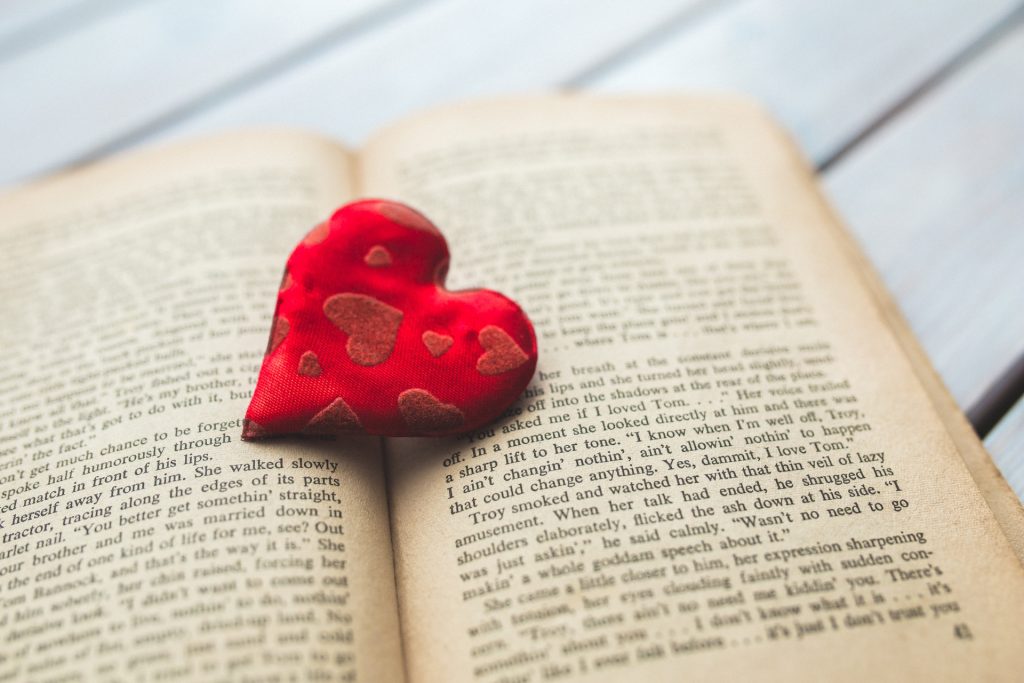
Kristy Raines speaks to the emotional connection of true love while Ifora Bahramova paints a simple domestic scene of love between a mother and her young children. Ari Nystrom-Rice evokes childhood playground memories in his poem on the loss of a close friendship.
Safarova Zarnigor analyzes a delicate poem from Faynberg about love lasting over time while Sevinch Saidova relates the story of a man who struggles with addiction and health issues and the family who loves him unconditionally. Oona Haskovec reflects on her loneliness and desire for caring friendship, staring at her hands while eating alone in her kitchen.
Oaoao Pbobo reminds us of the joy of learning to read and write and the doors it can open for us. Nigora Tursunboyeva explores the depths of poetry and emotional resonance within the work of Uzbek children’s author Khudoyberdi Tokhtabayev. Aziza Umurzakova highlights the role preschool and young children’s education can play in a healthy nation.
Diyora Bakhodirovna outlines how new educational technologies may enhance student learning.
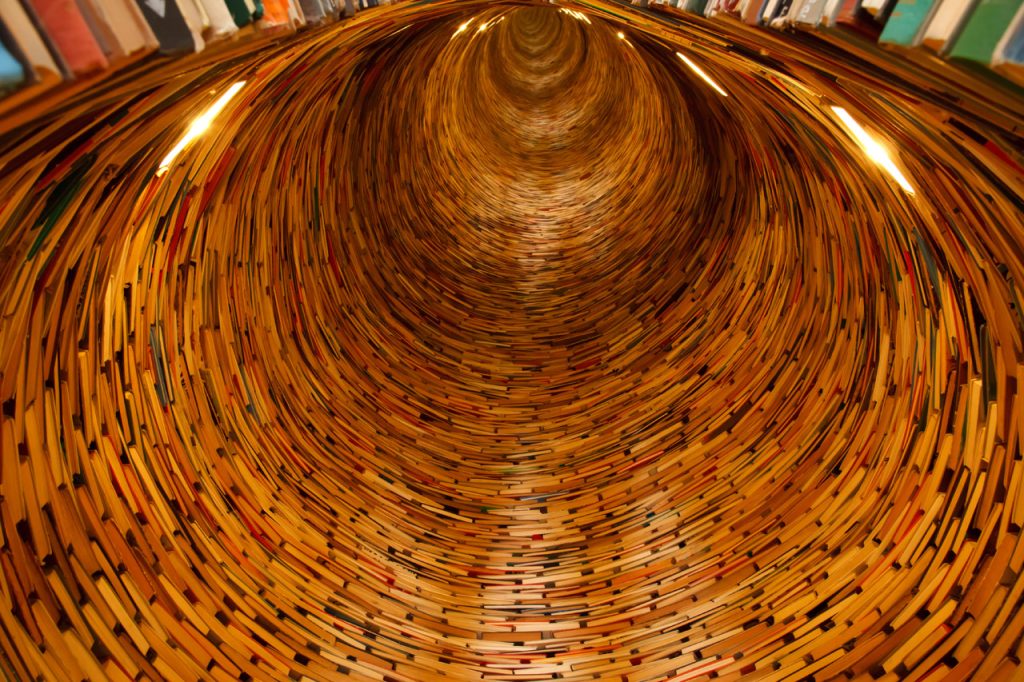
Nozima Baxtiyorova suggests that the technology used to continue children’s education during Covid-19 could be extended for their benefit as the pandemic lessens. Malika Kaxarova explores linguistic figures of speech and the role they play in cognition and the field of cognitive linguistics.
Mahbuba Juraboyeva outlines the importance of proper and professional speech to the legal profession while Bahora Baxtiyorova celebrates an important business leader in Uzbekistan who harnesses modern social media methods for communication and advertising. Elmaya Jabbarova honors the power, dignity, and beauty of her homeland of Azerbaijan while Faleeha Hassan conjures through her words a fanciful street scene complete with fish vendors and confetti and sandstorms and J.D. Nelson’s five monostichs hint at imagined vignettes from daily life.
Dilnoza Ochildiyeva outlines the history and heritage of her Uzbek homeland while Maftuna Imamova discusses strategies for enhancing Uzbekistan’s economic position in world markets.
Mesfakus Salahin dreams of a more peaceful and compassionate world in the future while Anila Bukhari illustrates how girls should be allowed education and freedom.
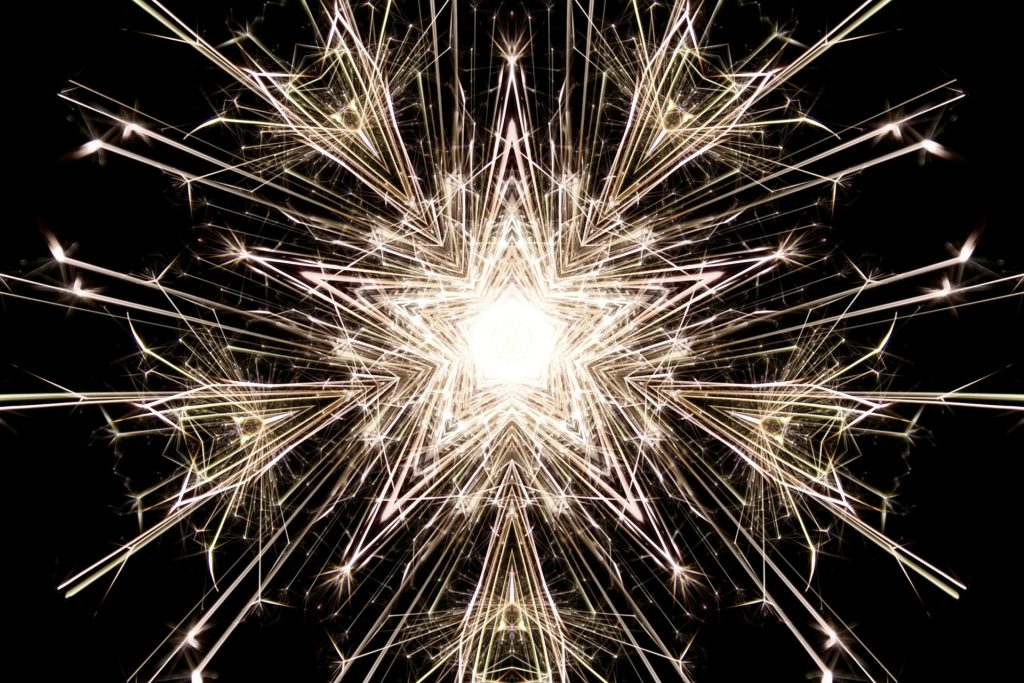
John Grochalski speaks to the many small and larger ways we assert our independence and existence as individuals. Skye Preston crafts a flash Gothic-esque sketch where a young woman vows not to take after her parents, and we find out why.
Sabrid Jahan Mahin points out the mysteries still unknown about how our brains work, although they are the strongest problem-solving force we have. The San Francisco Ballet’s new show Mere Mortals, here reviewed by Christopher Bernard, explores the Greek myth of Pandora and the fine line between human exploration and empowerment and human selfishness and evil.
Chimezie Ihekuna challenges himself to reconsider conventional wisdom in his frustrating search for truth. As for truth, Dr. Abdul Awal explores scientific, philosophical, and spiritual insights found within the Koran. Graciela Noemi Villaverde presents a protagonist whose heart has hardened because he no longer listens to the tender muse of compassion, mystery and poetry, while Mirta Liliana Ramirez depicts a heart that regenerates after repeated emotional destruction.
Bill Tope relates the tale of a courageous woman who rises up from near-devastation and solves her own rape, while Doug Hawley ponders whether the same person can handle the public and “beautiful” aspects of art and the more practical and business oriented features in his piece on two twin sisters.
Peter Cherches explores identity, plagiarism, the bounds of self-expression and alter egos in his short story that looks into what it can take to make it as a writer. Duane Vorhees renders the act of writing into something physical, dragging words and thoughts and other substances across the page.
Joshua Martin reviews Irene Koronas’ new collection gnostos, which plumbs the depths of a plethora of connected areas of knowledge and thought. He also covers Daniel Y. Harris’ new book The Metempsychosis of Salvador Dracu, which also merges human thought in the form of code and in poetry and illustrates the permeability of our concepts of personhood.
Jim Meirose also suggests an interplay of the biological and astrobiological and linguistic in his short story while Alma Ryan’s speaker dances through a portal into an artist’s dream of beauty and precarity, where paper figures live and die among splashes of paint.
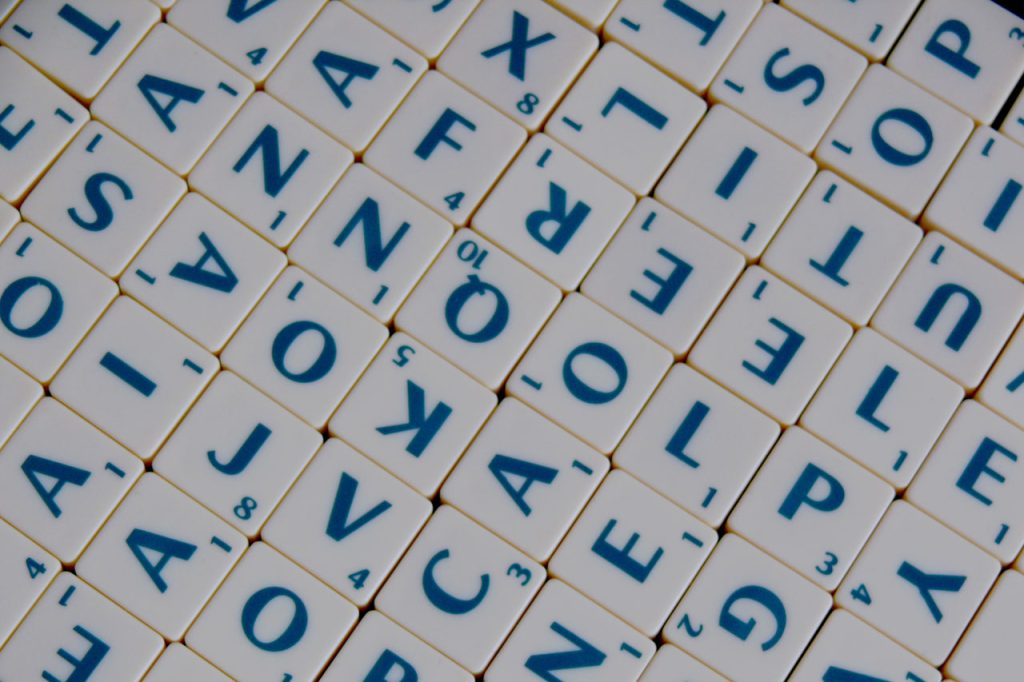
James Whitehead speculates on how concepts and language itself could become a prized economic good fought over by villages and nations.
Ahmad Al-Khatat talks of how he would give up much, but not his hard-won life experience from surviving war. Meanwhile, Norman J. Olson addresses the futility of armed conflict.
Mykyta Ryzhykh speculates on “graves without flowers” – the unremembered dead – and on “flowers without graves” – the potential of celebrations without death – and mourns the loss of human and even animal dignity in alienating modern life and warfare.
Jacques Fleury addresses the inherent systemic racism of being loved as a brand who can perform and make money for others, not as a person.
Daniel De Culla denigrates fascism wherever it may arise: Spain, Argentina, Italy, or the United States.
Biloldin Mahmudov outlines diplomatic etiquette, instructing aspiring diplomats while at the same time granting grace and dignity to the role.
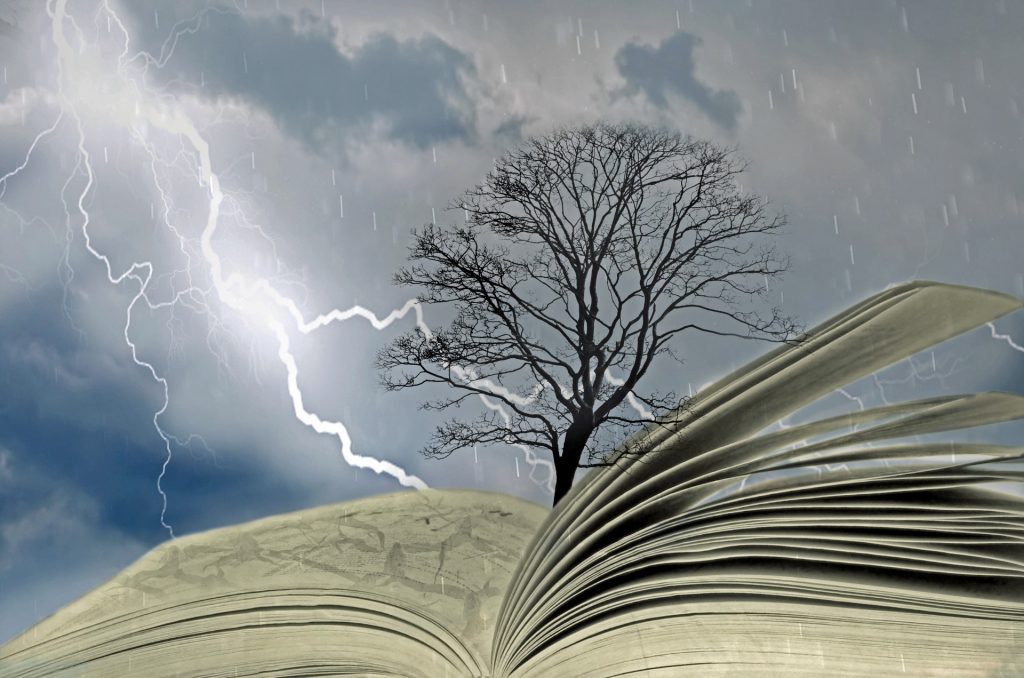
Stephen Jarrell Williams expresses hope for humanity’s and Earth’s future through his science-fiction poetry.
Michael Robinson speaks to the personal, spiritual and physical renewal he found after surviving open heart surgery. Annie Johnson also delves within the individual psyche, tracing a dream journey.
Kholida Toirjonova reflects on how one day she will leave behind those who may or may not properly mourn her, and it will no longer matter.
Salomova Dilfuza brings up the brevity of life and urges us to make the most of our limited time, while Sevinch Erkinova doesn’t regret a moment of her life, joyful or sorrow-filled.
Thank you very much for reading this month’s first issue of Synchronized Chaos. We hope that you do not regret even one minute of your read, and we encourage you to comment on the submissions and engage in dialogue with the authors and artists.
